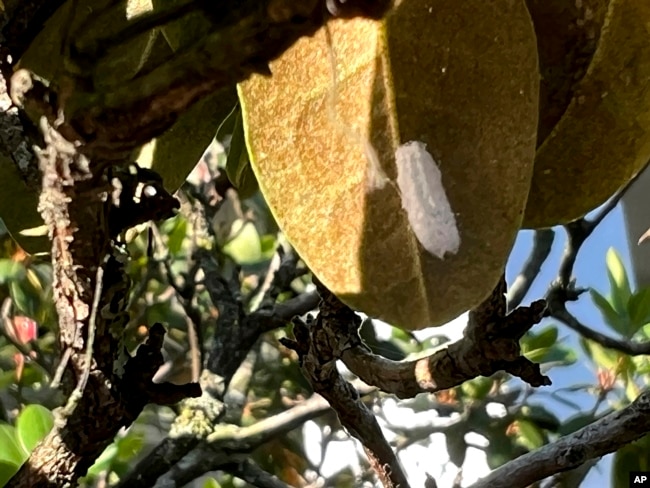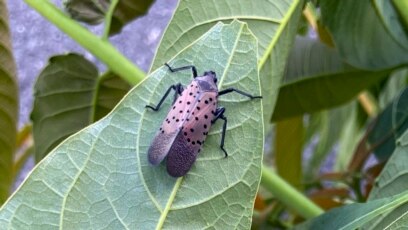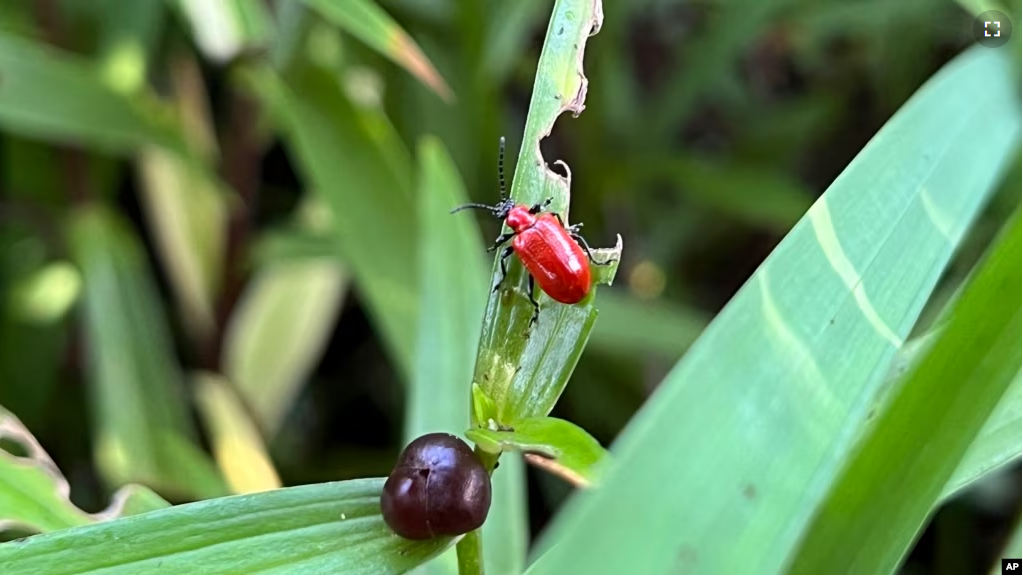In her latest gardening story, Jessica Damiano tells of the garden pests and diseases she has seen in her plants.
The Associated Press writer suggests acting quickly when combatting garden pests and diseases. When not dealt with quickly, pests and diseases can quickly grow and reproduce. That can result in less plant growth and worse health, less flower and fruit production, or even death of your plants.
Her measure always begins with the gentlest treatment possible. She only intensifies her treatments when necessary. Even then, she has her limits. Damiano says she would rather lose a flower or vegetable plant than use strong chemicals.
In the case of her tomato plants, Damiano caught the aphids, a pest, early. She washed them off and removed the ones that would not come off by using her fingers under moving water. They have not returned in the week since removing them, but she looks out for them every day, just in case.
Had the invasion been severe or the water and finger removal method been ineffective, she would have used Neem oil. The organic oil, which comes from the seeds of the Neem tree, kills aphids by not permitting them to breathe. It is safe to use on plants that will be eaten and it is not harmful to people, animals, and birds. Still, it should be used after the sun has set when helpful insects are less active.

The same day Damiano found the aphids, she found another pest called scarlet lily beetles on her Asiatic lily plants. The adult red insects feed on a grouping of plants called true lilies and fritillaries.
In an earlier stage of life, called the larval stage, they cover themselves in waste. This makes them less appealing to those that would want to eat them. But the coating also protects them from chemicals, making them difficult to remove.
The pests had already damaged some of her plants. To prevent more damage, she removed them by tapping them off of the plant into some water with soap and vinegar, or household cleaners.
Her rhododendron, a flowering plant, were attacked by a pest called azalea bark scale last summer. She saw the white insects had come back this year. Some of the leaves were infested, so she cut them off. But because most of the leaves only had a few of the pests, she was able to remove them by touching each insect with some rubbing alcohol.
By working early, Damiano slowed or stopped infestations that could have killed her plants. The same would be true for diseases, many of which also respond better to early treatments.
I’m Gregory Stachel.
Jessica Damiano reported this story for The Associated Press. Gregory Stachel adapted it for VOA Learning English.
Quiz – Catch Garden Pests, Diseases Early to Save Plants

Start the Quiz to find out
_________________________________________________
Words in This Story
garden – n. an area of ground where plants (such as flowers or vegetables) are grown
pest – n. an animal or insect that causes problems for people especially by damaging crops
stage – n. a particular point or period in the growth or development of something
tap – v. to hit (your fingers or feet) against something lightl
infest – v. to be in or over (a place or an animal) in large numbers
